Pediatric orthopedics and traumatology. Diagnostics
Various instrumental diagnostic techniques are applied to diagnose orthopedic problems of a child. Dobrobut clinical chain has all conditions to provide young patients with the possibility to undergo an examination as fast and comfortable as possible.
After a consultation, a specialist will determine the most informative diagnostic technique for your child. Modern medical equipment of the clinic chain guarantees the accuracy of the diagnosis.
Computer-assisted and ultrasound diagnostics
Modern instrumental diagnostics allows to detect diseases quickly and painlessly and determine the diagnosis at early stages. Because of the cutting-edge medical technologies modern diagnostic equipment upgrades every year, and the diagnostics helps to confirm or reject the determined diagnosis effectively and safely for the patient using these tools.
Plantoscopy: a fast, precise and informative computer-assisted examination of the foot shape, determining of problem areas, assessment of important characteristics, etc. The examination takes 3–5 minutes, and the reading of the results requires from 10 to 20 minutes
Ultrasound: ultrasound diagnostics is a fast, informative and safe diagnostic technique applied in pediatric orthopedics. Using ultrasound waves, a specialist visualizes all the parts of joints and tissues, can assess their functionality, stability, etc. Ultrasound of hip joints is considered the gold standard of fast diagnostics of locomotor diseases, especially dysplasia in babies, not without reason.
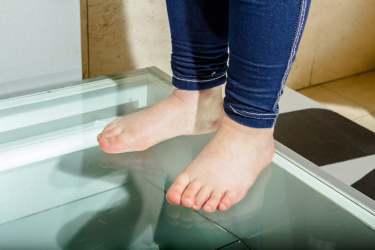
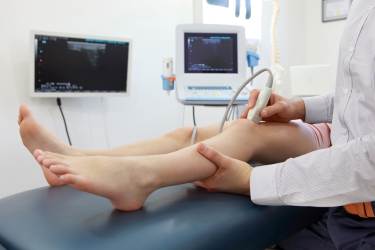
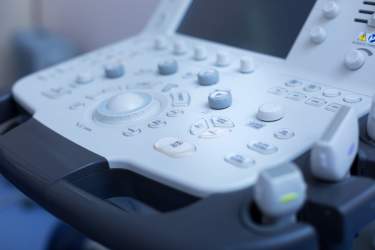
Modern X-ray diagnostics and tomography
Modern techniques and usage of the most advanced equipment allow to perform X-ray diagnostics without damage to babies’ health. Only the latest digital devices are used at Dobrobut clinic chain, so a child receives minuscule doses of exposure to the radiation. The following X-ray diagnostic techniques are available at Dobrobut:
Radiography: a simple and fast technique based on the examination of internal organs with electromagnetic radiation. X-ray for children is prescribed in cases when other diagnostic techniques have appeared to be less informative, especially in cases of injuries of a child.
Computerized tomography (CT) is one of the most informative X-ray diagnostic techniques in orthopedics. CT allows to obtain the series of images and study not only shape and structure of bones and joints, but also the condition of adjacent soft tissues. The images obtained at different angles are then being processed on the computer, modeled, and a 3D reconstruction of organ, joint, etc. is created.
Magnetic resonance imaging (MRI): the technique is identical to the computerized tomography, and the images obtained have no visual differences. However, MRI technique is based not on the use of X-rays, but on the magnetic field, and the radiation is not applied. This diagnostic technique, in contrast to others, is convenient because it is very informative and can be safely performed as many times as needed for a specific clinical situation. MRI allows to obtain a highly precise 3D image of organs, bone and soft tissues in any plane. MRI does not replace CT, and only the specialist has to decide which technique is relevant depending on the situation.

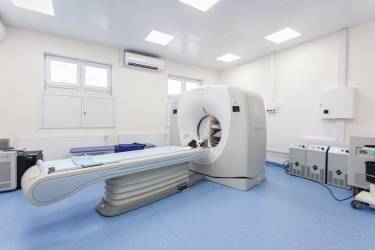
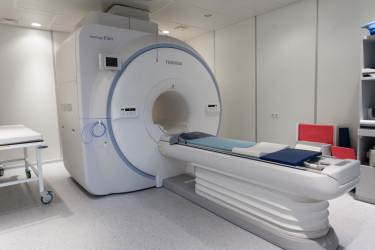
Arthroscopic diagnostics
Arthroscopic equipment allows not only to reveal but also to treat intraarticular traumas and diseases using small punctures. The equipment allows to perform the procedure applying minimally invasive technique that expedites recovery and does not leave cosmetic defects on the body (scars, adhesions).
C-arm operating rack allows to determine the precise localization of the fracture and to perform the accurate bone assembly without incisions, and also allows to determine the precise location of foreign bodies and remove them using a minimally invasive procedure
Advantages of treatment at Dobrobut clinic chain
Our clinics
ISO certificates
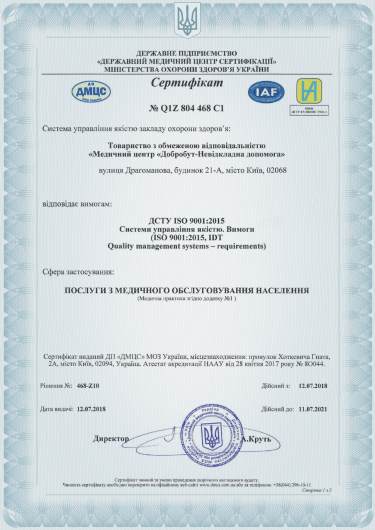
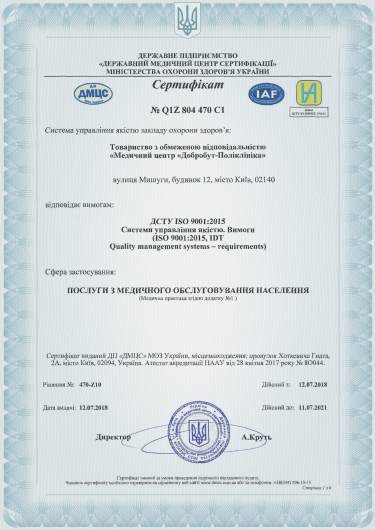
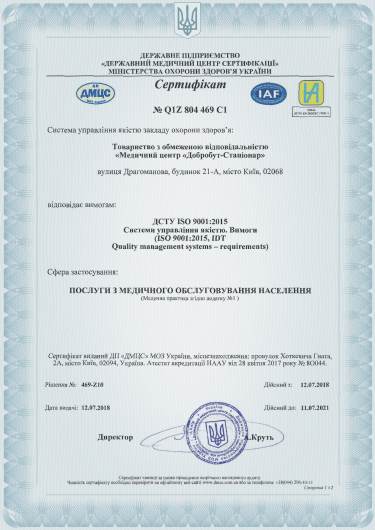
Accreditation certificates
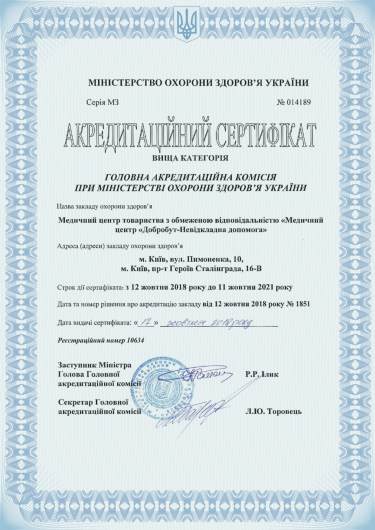
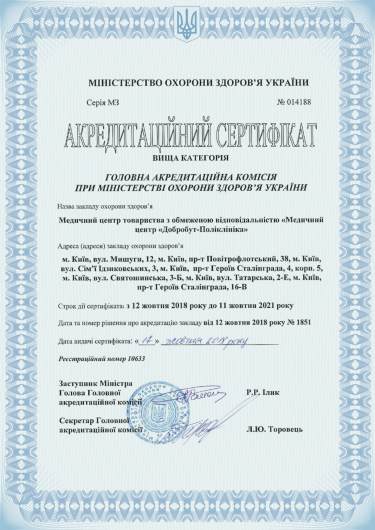
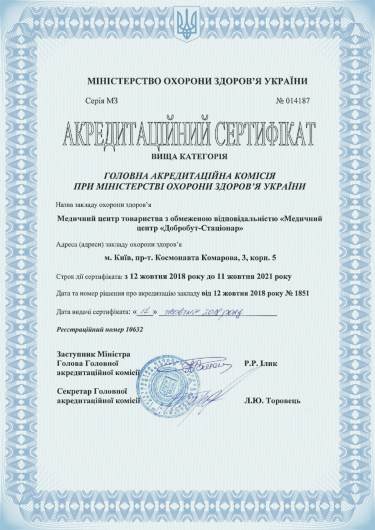
Medical practice licenses
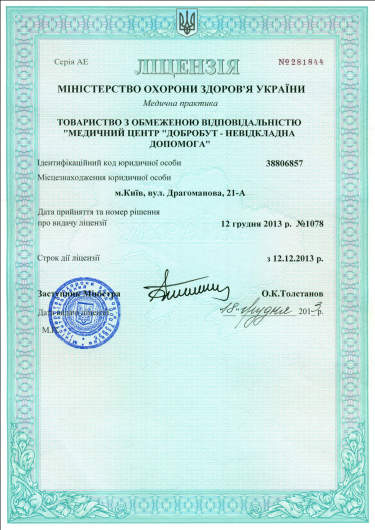
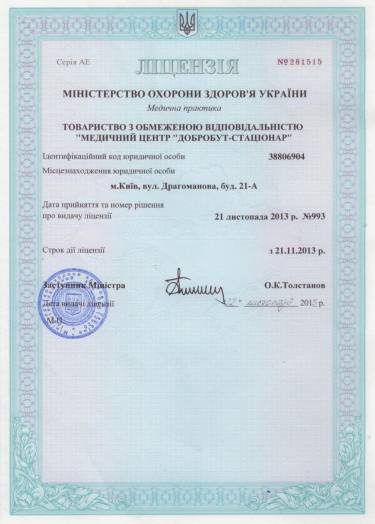
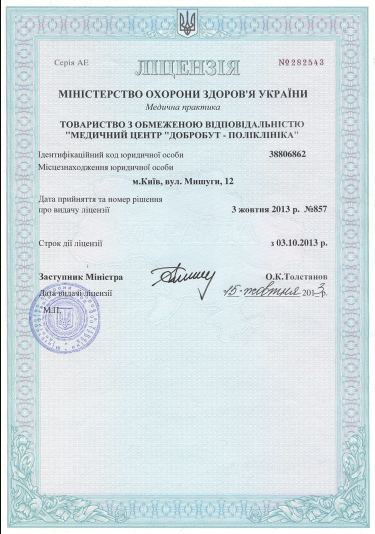
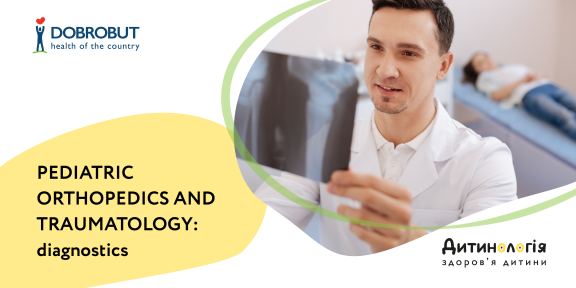


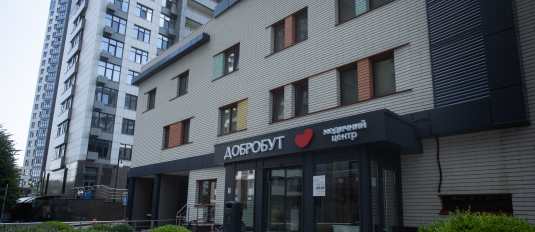


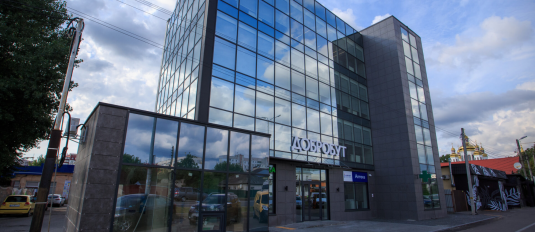
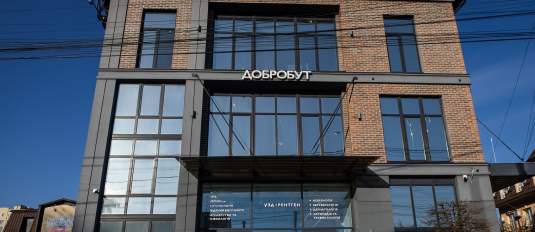

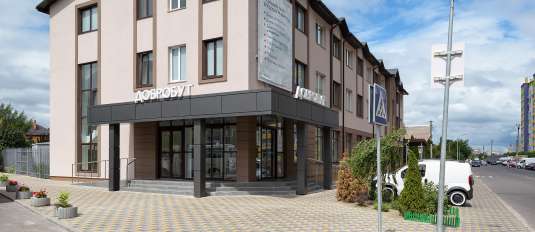




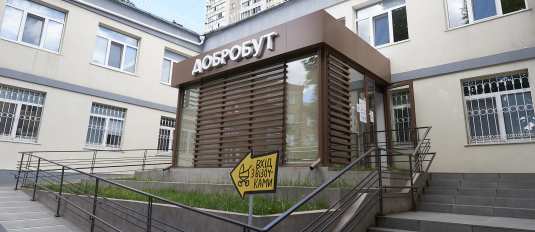

%402x.png)
%402x.png)
